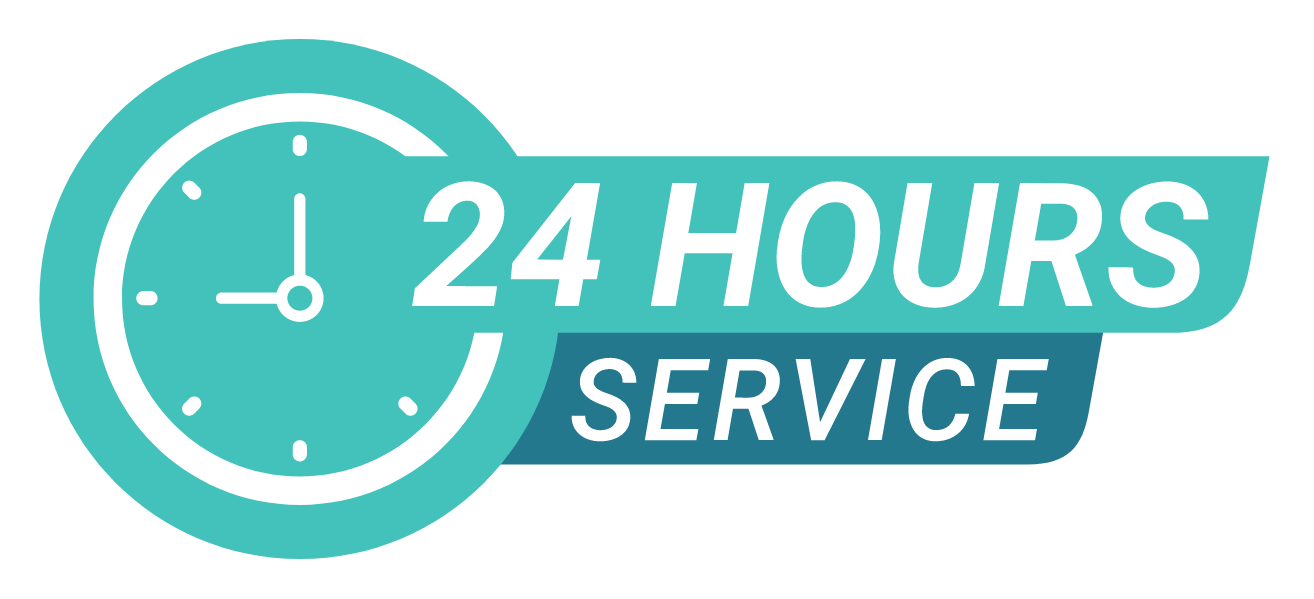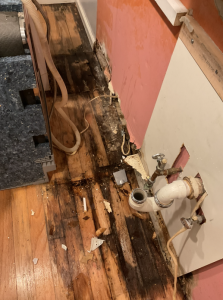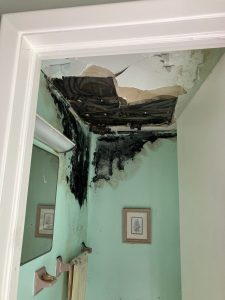Drying, Cleaning & Protecting: The Tools of Water Damage Restoration
When your property experiences water damage, time is critical. At Tri State Restorations, we use industry-leading water mitigation equipment to quickly remove moisture, prevent mold growth, and protect your structure from further harm. From powerful air movers that speed up drying times to advanced HEPA air scrubbers that filter out harmful contaminants, each piece of equipment plays a vital role in restoring your home or business to a safe, habitable condition. Our trained technicians carefully assess each situation utilizing the science of evaporation and IICRC standards to determine the right combination of tools to ensure the most efficient and effective recovery—because when disaster strikes, you need more than just equipment, you need peace of mind.
We’re here to help you understand every aspect of your recovery journey, including the types of equipment we use and why:

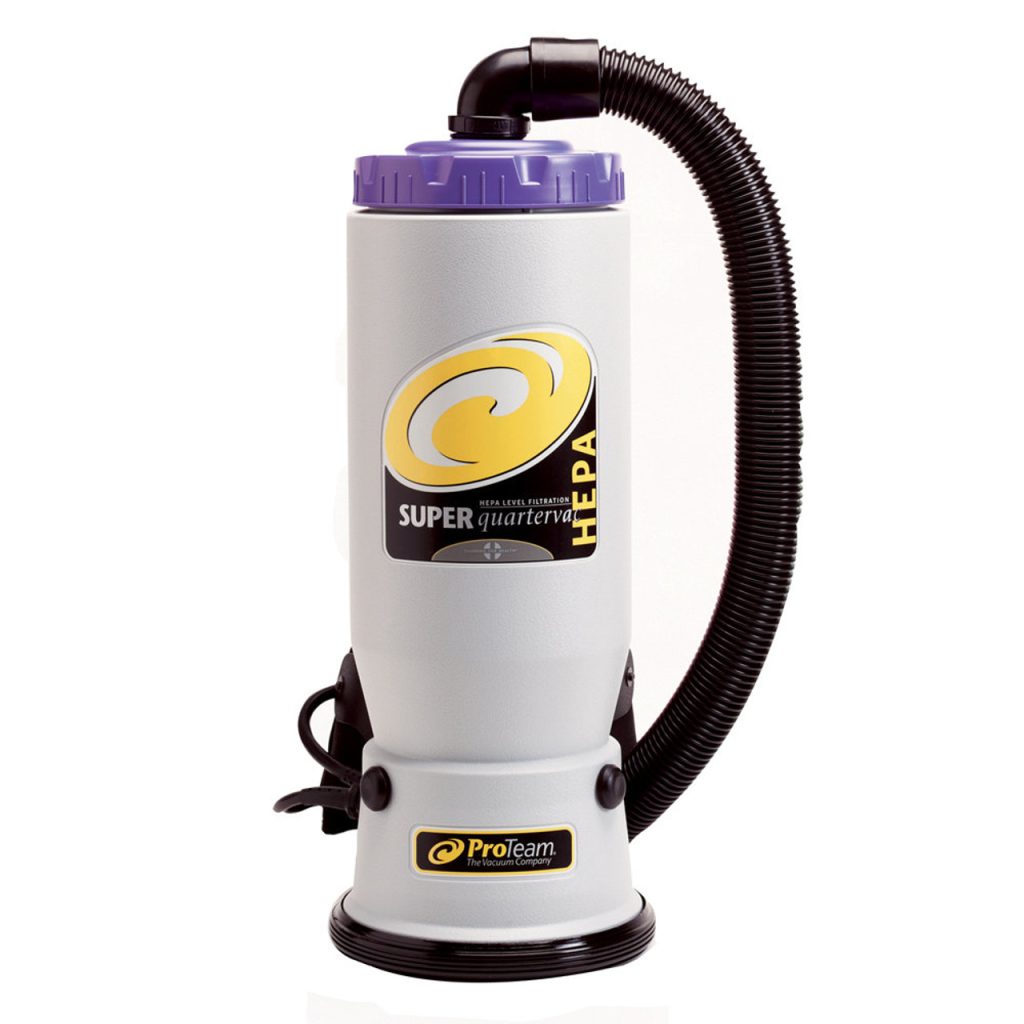
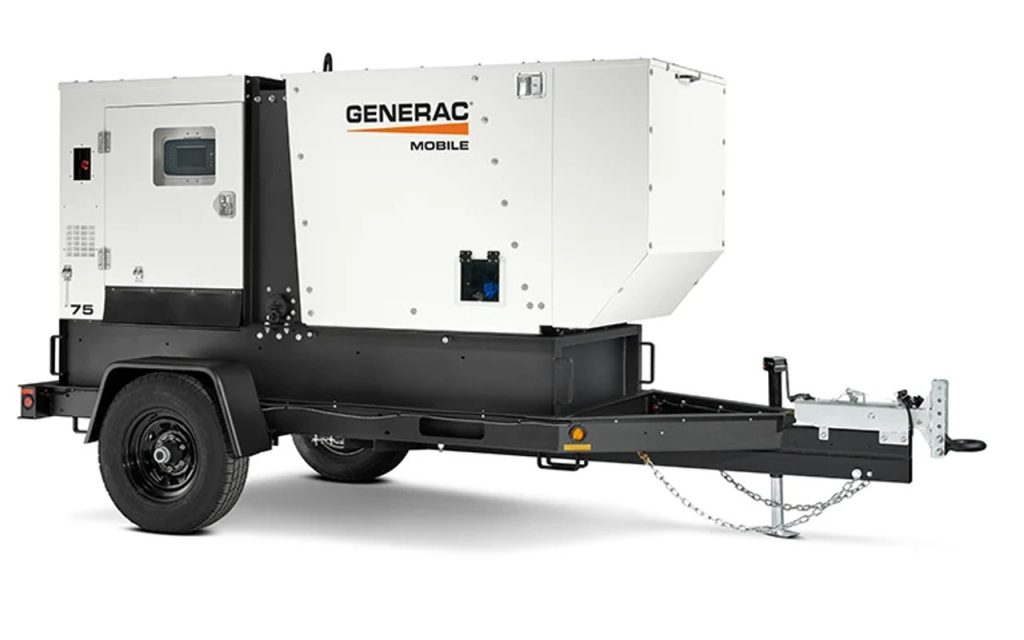
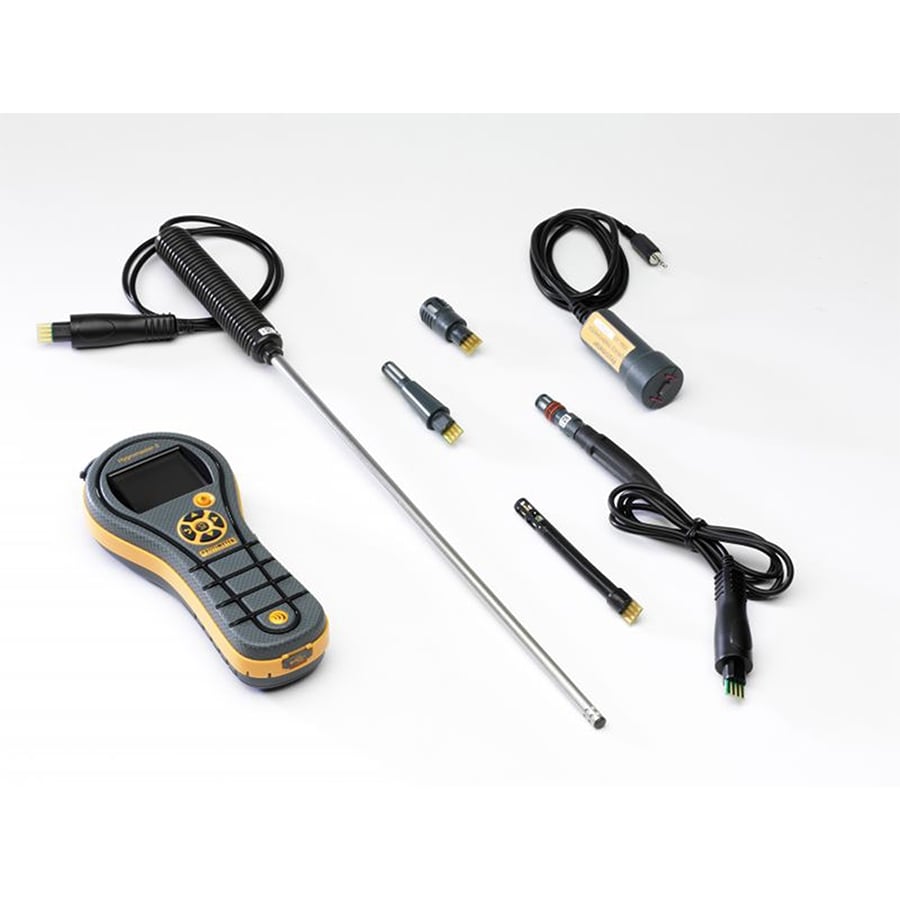
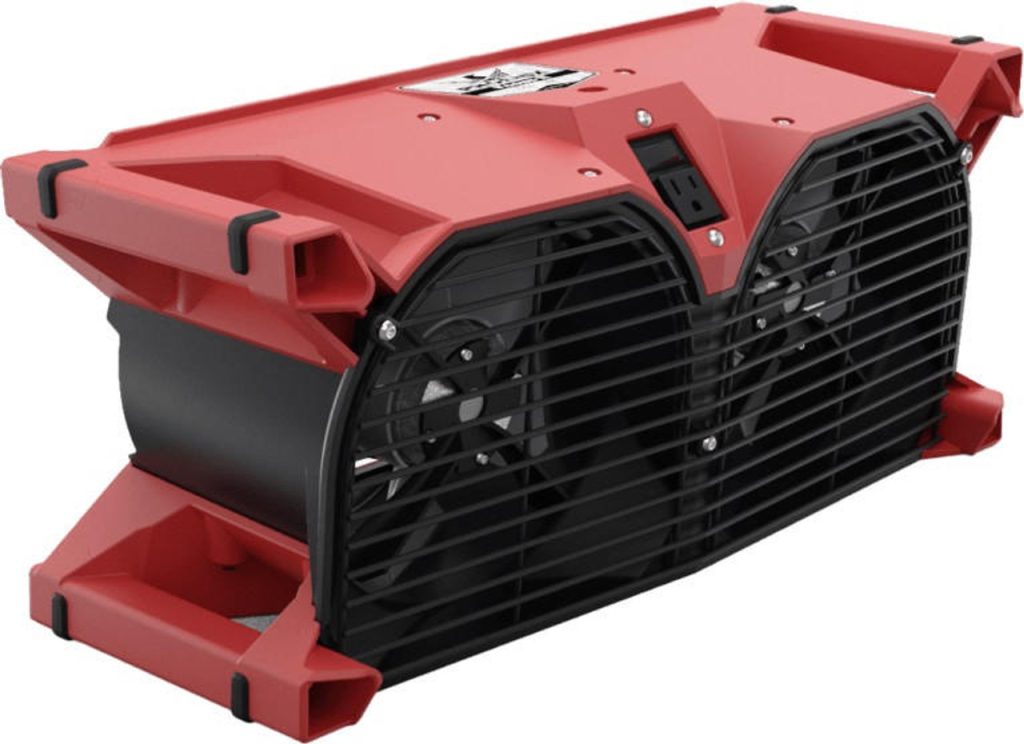
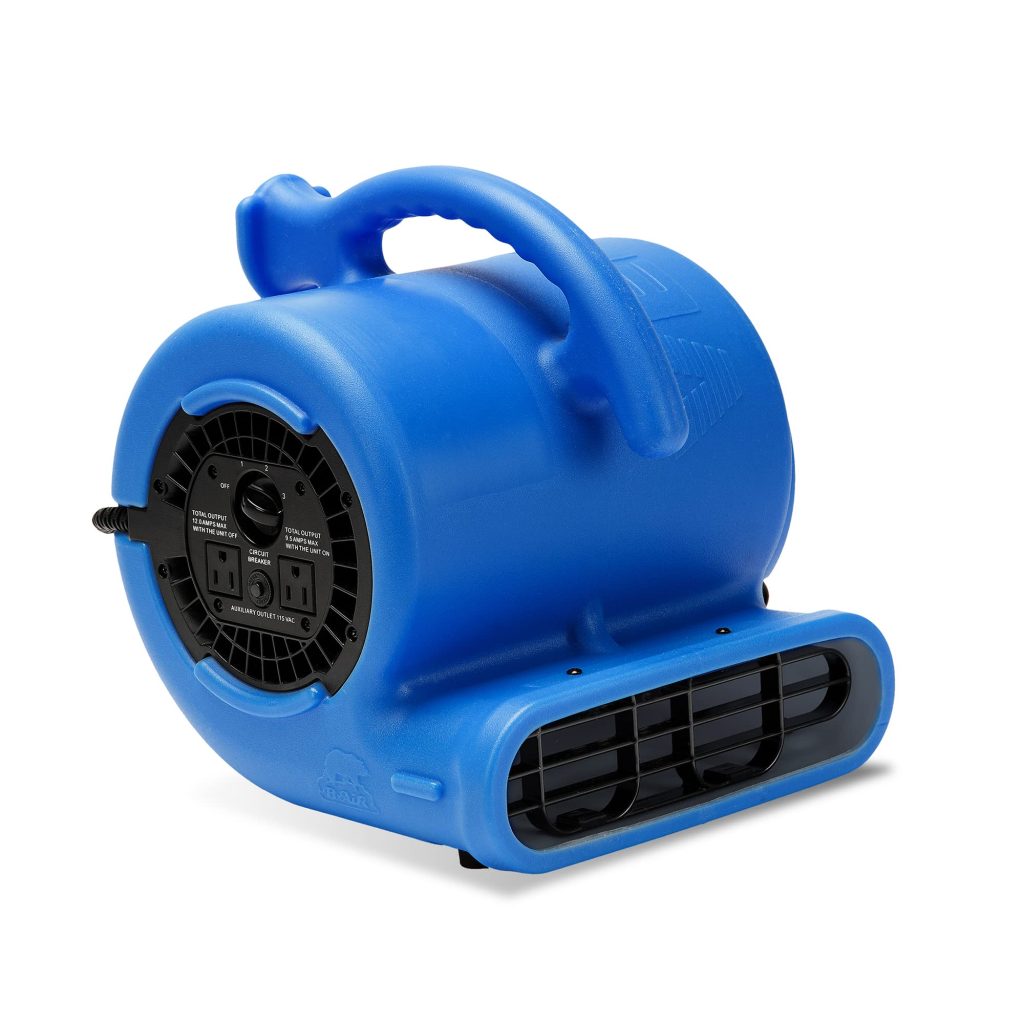
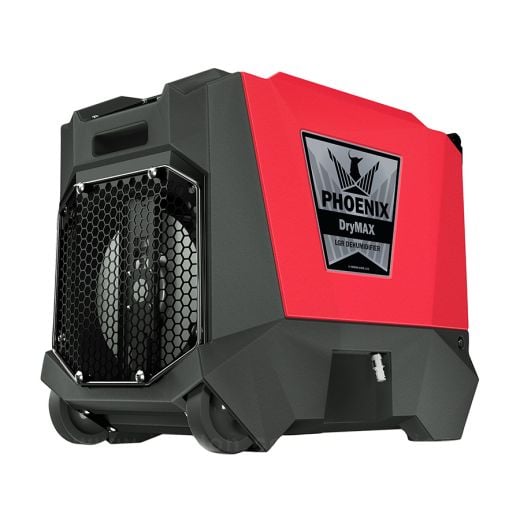
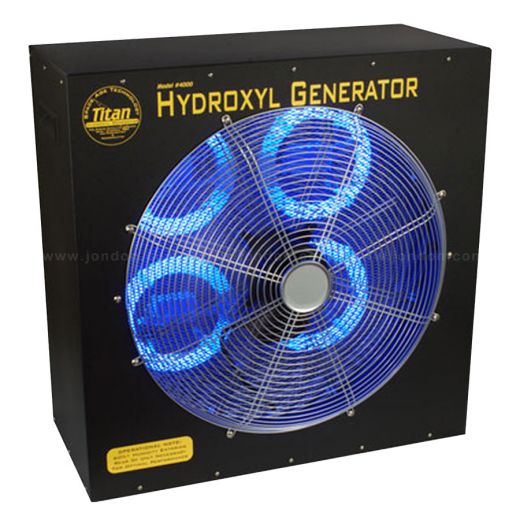
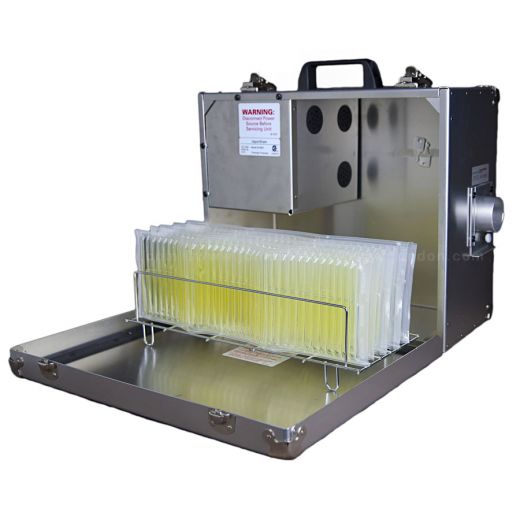
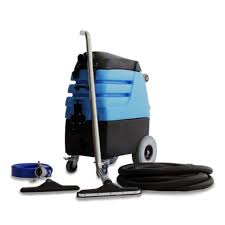
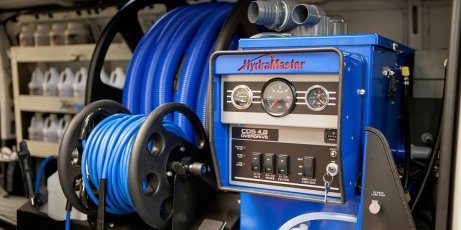
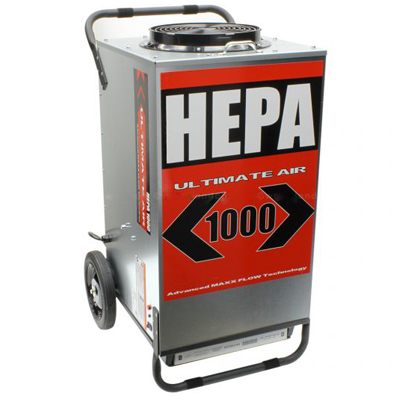

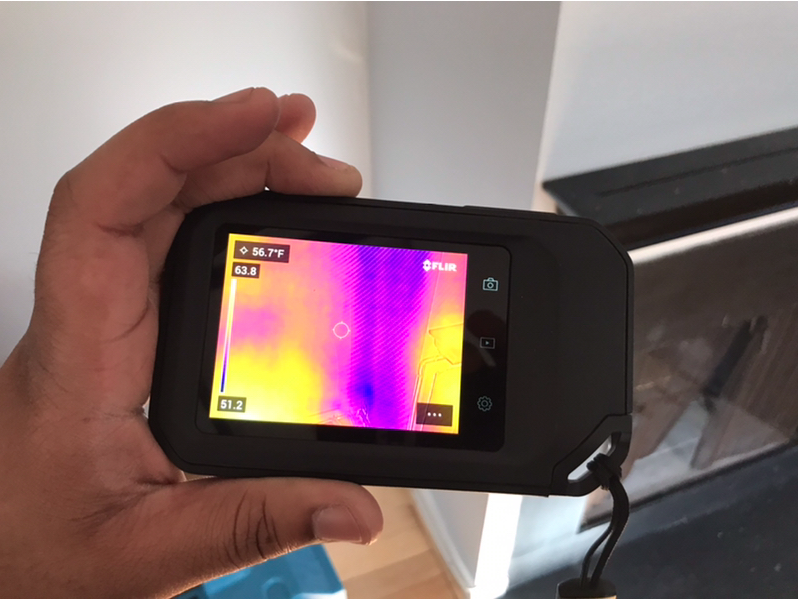
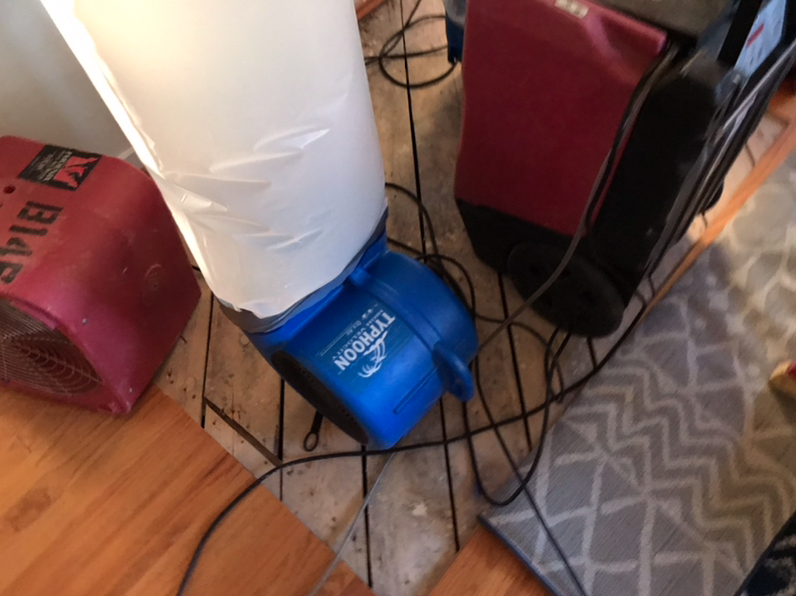
- Low Grain Refrigerant (LGR) Dehumidifiers: LGR Dehumidifiers are industrial sized and designed to remove more moisture from the air than conventional dehumidifiers, especially at higher temperatures and humidity levels. They achieve this by using a dual cooling system that lowers the air temperature to the dew point, allowing for more condensation and moisture removal. Dehumidifiers inject dry warm air back into the affected area, controlling the temperature of the drying chamber, [Section 12.5.2 of the IICRC S500].
- Air Movers: There are 2 common types of air movers used in the mitigation industry, Axial Air Movers and Centrifugal Air Movers. These fans are used to circulate and direct airflow to ensure drier air is continually displacing the evaporating moisture at the surface of wet or damp materials [Section 12.5.3 of the IICRC S500] Axial Air Movers create a strong current of air that will circulate the air evenly creating a vortex of warm dry air. While the Centrifugal Air movers are used to direct air to target specific areas, these are commonly used to facilitate drying of wall and ceiling cavities.
- High Efficiency Particulate Air (HEPA) Filtration Devices (AFDs): HEPA air filtration devices remove at least 99.97% of dust, pollen, mold, bacteria, and any airborne particles with a size of 0.3 microns (µm). Section 12.5.3 of the IICRC S500 recommends that an AFD is placed for the air quality safety of the affected property’s occupants. We also utilize these machines when performing demolition to reduce the effect of harmful contaminants like silica dust, which can be spread into the air creating a hazard for the occupants.
- Portable Extractor or Truck Mounted Extractor: These machines are used to extract standing water. They work to remove or “extract”water from saturated porous materials like carpet as well.
- Industrial Backpack or Canister Vacuum: Our vacuums, equipped with a HEPA filter, are used to capture and remove harmful microbial and/or particulate contaminants. This step ensures that any airborne particulates are removed from the affected area and not aerosolized throughout the unaffected areas of the property.
- Protimeter Moisture Meters: These versatile pin and non-invasive moisture meters are used to detect and measure the dryness or wetness of construction materials. These meters can be used for various substances like wood, concrete, drywall, and soil, among others. They typically provide a percentage measurement of moisture content, indicating whether a material is dry, wet, or somewhere in between.
- Thermo-Hygrometers: A thermo-hygrometer is a device that measures both the temperature and humidity of the air. It combines the functions of a thermometer and a hygrometer, providing readings for both parameters simultaneously. These instruments are widely used in various applications, including mitigation, indoor air quality monitoring & environmental control.
- Forward Looking Infrared Thermal Imaging Cameras (FLIR): This is a tool used to visually inspect structures, particularly for identifying temperature differences and pinpointing hidden issues like water leaks or thermal inefficiencies. It detects variations in temperature which may indicate elevated moisture levels and are used to gauge the extent of the water damage in the affected area.
- Vapor Odor Contractantant System “Vapor Shark”: This device is used to remove harmful odors from the air and replaces it with clean good smelling vapor. Our Vapor Sharks treat areas up to 50,000 cubic feet to effectively eliminate odor contamination caused by water and fire damage, rancid food, urine and feces, and more.
- Hydroxyl Ion Ozone Generator: Hydroxyl generators create reactive hydroxyl molecules and super-oxide ions that effectively oxidize, or burn away, contaminants into harmless carbon dioxide and water without harming occupants. Hydroxyls also perform a more gentle cleaning and don’t require wait times to re-enter a building that has been treated. Hydrogenerators are widely used in the restoration industry to remove odors and airborne contaminants left by fires, floods, pets and crime scenes. While the machine is typically used for eliminating odors from a building, it can also harness UV-C light to serve as a powerful disinfectant for indoor air.
- Injectidry Floor Drying System: This is used to salvage and dry hardwood floors permeating the wood to reach the subfloor underneath, ensuring proper dry standards are met. The system injects dry warm air through drying mats to accelerate evaporation. This preserves the material.
- Power Distribution Box: When the power at the affected property is not sufficient, or has older circuits, these boxes assist with redistributing the power to make sure our equipment is operational at maximum efficiency without disturbing your home’s electrical system.
- Generac Trailer Mounted 75KW Diesel Generator: When power is not sufficient or available, this generator is brought onsite to facilitate powering our equipment. This ensures our team is able to bring your property back to a preloss condition quickly and effectively.
Structural drying isn’t just about removing water—it’s a science that protects your property.
At Tri State Restorations, our team uses specialized tools and proven techniques to dry your structure thoroughly and prevent costly secondary damages like mold growth, warping, and rot. Every property is unique, which is why our IICRC-certified technicians apply their years of hands-on experience to customize the drying process to your specific loss. Even our office staff is IICRC certified, ensuring you receive expert support and guidance every step of the way—from the first call to the final walkthrough.
Give us a call to find out the Tri State Restorations difference, we’ll help with Turning Your Disaster into Peace of Mind: 866-818-1949.
Sharing is caring!



